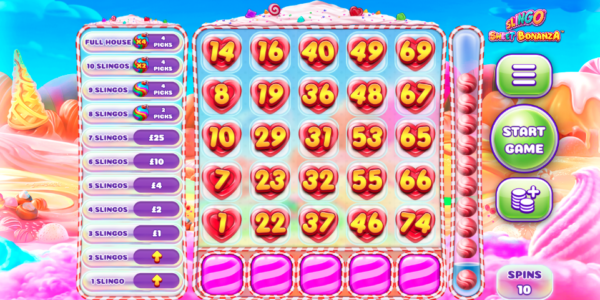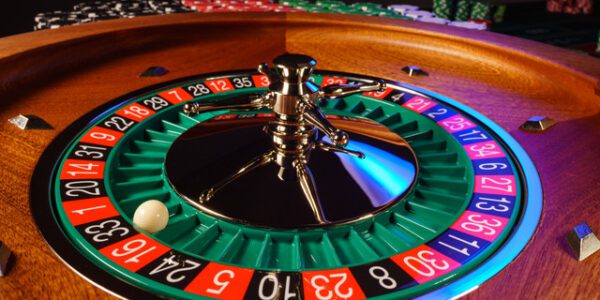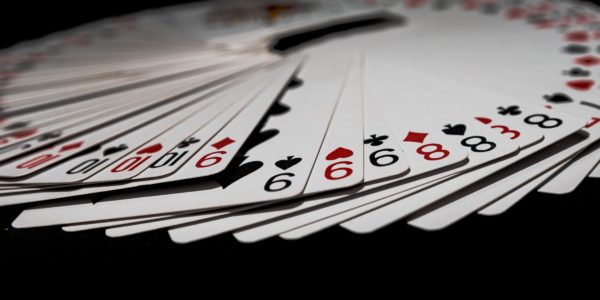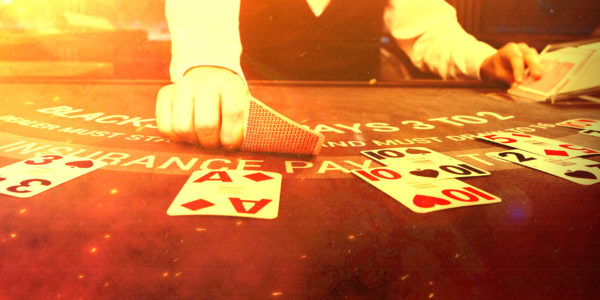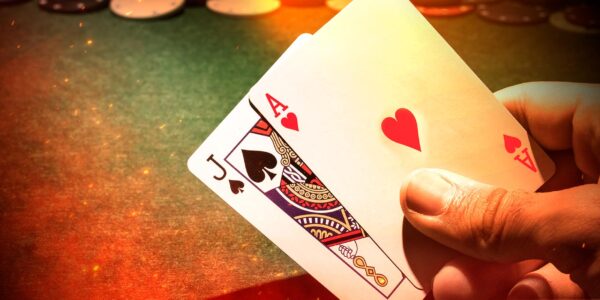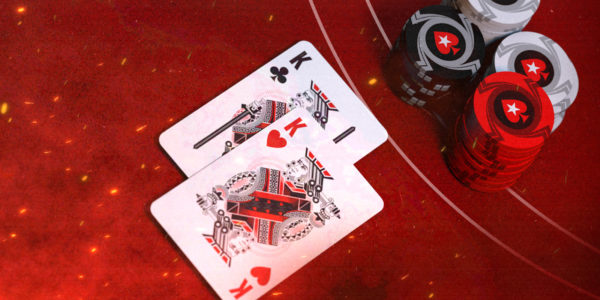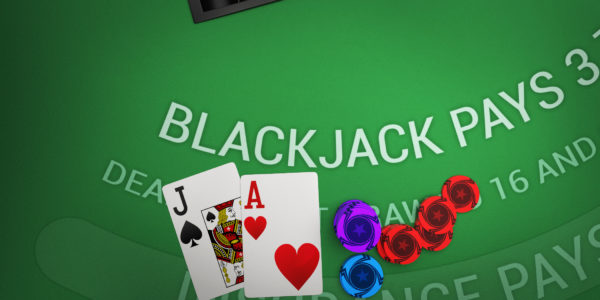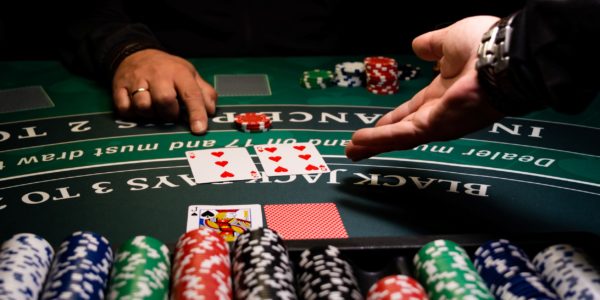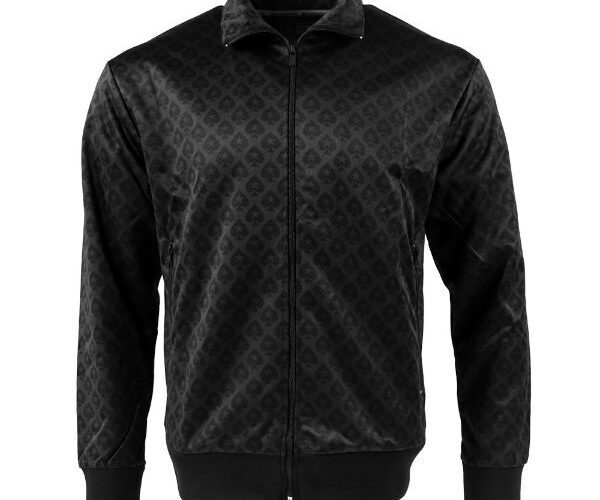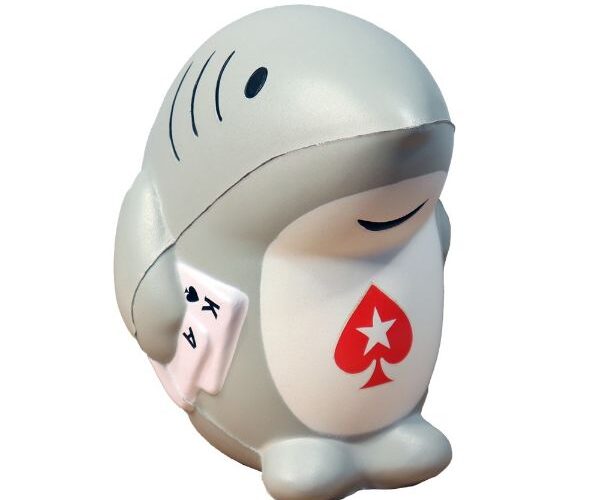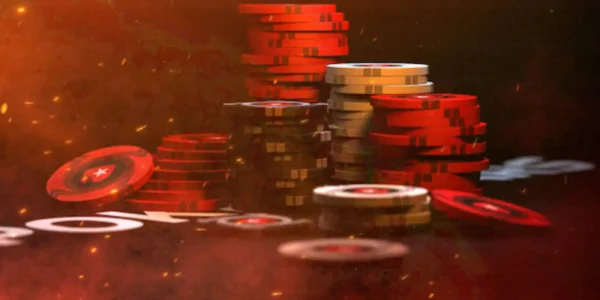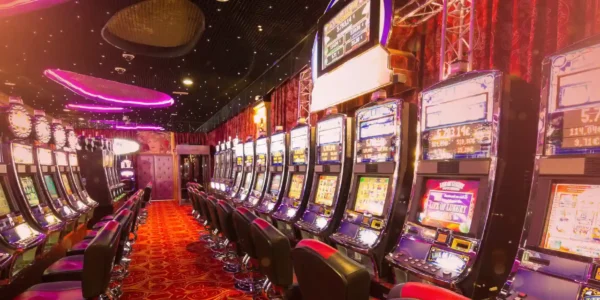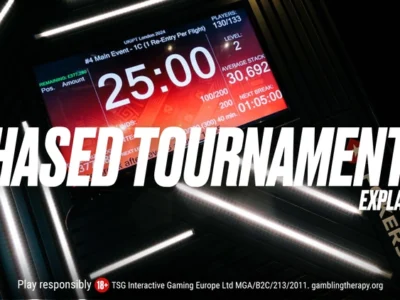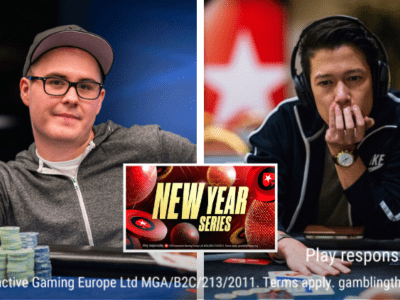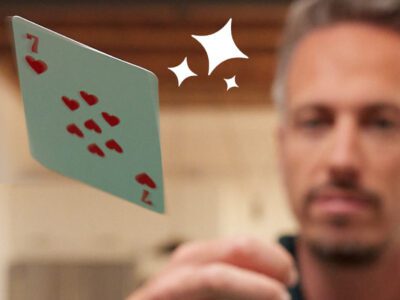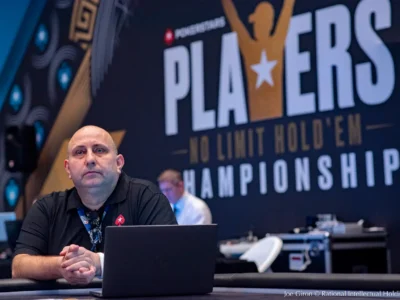How to Use Blackjack Strategy Charts
Anyone who plays Blackjack knows that it is a game of strategy. Although it remains true that there is no way to avoid the online casino’s inevitable house edge, knowledge of certain techniques and the ability to make use of them in the throes of a game can help to maximize positive outcomes and decrease negative ones. Blackjack strategy charts are useful tools that have been aiding players in the game of 21 for several decades.
In the early 1960s, American mathematician Edward O. Thorp introduced this calculated method in his aptly named book, Beat the Dealer, which went on to become a New York Times Bestseller with over 500,000 copies sold.
Although Thorp’s book takes much of the acclaim, it’s important to note the year 1956 and the impact of four US Army mathematicians: Roger Baldwin, Wilbert Cantey, Herbert Maisel and James McDermott.
The military quad published The Optimum strategy in Blackjack with quite a bold statement on the introductory page: “The optimum strategy determined by the above analysis differs substantially from the published strategies of card experts and the usual style of play in the casinos.”
It was then the turn of Julan Braun, in the 1970s, to add his theory and mathematical expertise to the discussion.
Braun added a modern-day element to the strategies, by utilising his day job as a computer programmer at IBM to run extensive simulations and optimising as he went.
Whoever you believe is the founding father of helping us all reduce the house edge, or whether everyone had their part to play, it is remarkable to say that when Blackjack strategies are played perfectly the house edge sits at just 0.5%.
Here we break down everything players need to know about Blackjack strategy charts and how to use them.
Different Types of Strategy Charts
While every Blackjack strategy chart features a set of decisions that cover different possible situations in the game, not all of these tables are created equal. Before discovering how to read strategy charts, it’s important for players to understand that charts vary slightly depending on the number of card decks the croupier uses. Most classic Blackjack strategy charts are single-deck ones, which factor in strategy for both standing on soft 17 and hitting on soft 17.
The strategy further differs in single-deck Blackjack games as the card distribution changes dramatically with every card dealt i.e. seven of hearts cannot be shown again if turned over, unlike in a multi-deck game. Furthermore, the advice of the strategy charts is to be more aggressive in your doubling down on initial bets and splitting your pairs in single-deck games.
After single-deck charts, there are double-deck charts which are nearly identical apart from when it comes to doubling or surrendering. For example, a pair of 7s against a dealer’s 10 would be a hit in a two-deck game, but a stand in a one deck game. Lastly, there are 4 to 8 deck strategy charts – arguably the most popular of all types. There’s a high likelihood that players in the U.K. will be playing 8 deck Blackjack, so it can be a valuable chart to know.

Blackjack strategy charts are useful tools for anyone playing the game online, via mobile or tablet devices
Reading Strategy Charts Effectively
So, the moment you have been waiting for: how do you actually make sense of the tiny multi-coloured grids that appear on Blackjack strategy charts? Start by placing the chart in front of you and make note of its contents. On the left, you will see the types of player hands displayed horizontally. At the top of the chart, you will then see values from 2 to A which is every possible dealer up card. Every chart is divided into 3 sections based on if it is hard, soft, or split pairs, with the resolution changing depending on this.
Putting the Chart into Action
Now, let’s put the chart into action. Imagine the dealer has just dealt you your first two cards, now the chart will help you decide which move to make. To determine which section of the chart to use, check if your starting hand is hard, soft, or a pair.
A hard hand is a hand without an Ace or where the Ace counts as one – reminder that you can win Blackjack by having five cards that total under 21, and that Ace can be an invaluable way of pivoting mid-hand to achieve the win and avoid a bust.
A soft hand is where an Ace could be counted as an 11 or a one, depending on how the game unfolds. But having that flexibility can snatch victory from the jaws of defeat.
There’s another hand type known as ‘Pairs’ which speaks for itself. However, be warned, a pair of eights is deemed the unluckiest hand to receive in Blackjack due to it not quite being high enough to let it ride and not quite low enough to warrant asking for another card.
After you know this, find your hand on the left side and the dealer’s up card value at the top. Place both index fingers on each tiny square and move them slowly to the one where the player row and dealer column meet. This will reveal the recommended Blackjack move based on basic strategy.
By studying Blackjack strategy charts, players can begin to memorize certain moves that cover hundreds of different scenarios. Although there is no way to play perfectly every time, strategy charts can help players anticipate outcomes and react to them accordingly.
Basic Strategies
That being said, whether you are using strategy charts for your Blackjack gameplay or not, never forget the basic strategy rules to apply:
Always split Aces and eights: the doubling up with the Aces creates two opportunities to generate strong hands – whilst breaking up the eights removes that no-man’s land element, where it’s not quite a high-enough number to stick but equally not a low-enough number to twist.
Never split your fives or 10s: a pair of 10s equals 20, putting you one number away from perfection and therefore a heavily reduced chance of defeat. Whereas a pair of 5s gives you a total of 10, a fantastic platform to build from without the fear of going bust with your next card.
Double down on 10 or 11 if the dealer has a weaker upcard Stand on hard 17+: you might be tempted to try and hit that two, three or four, but the odds are against you; keep a calm head and let the dealer sweat it out.
Always hit on 12-16 if the dealer has a 7: the chances of a five-card Blackjack or a favourable end game at 17+ for the dealer are strong, therefore, you’ve got to go for it; take that next card and pivot accordingly.


